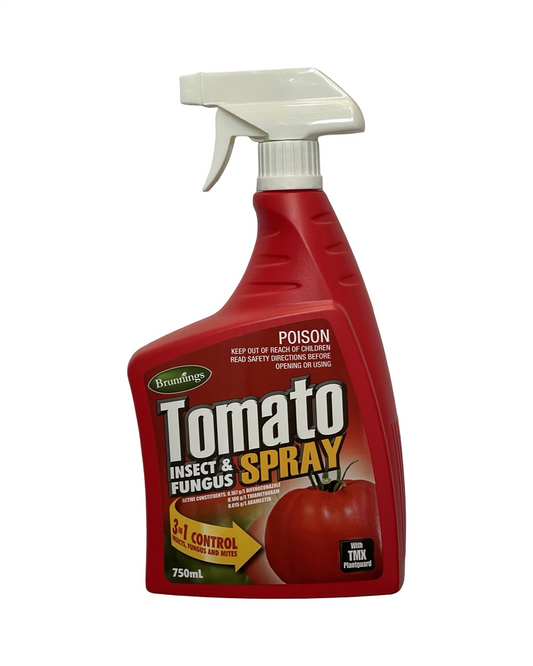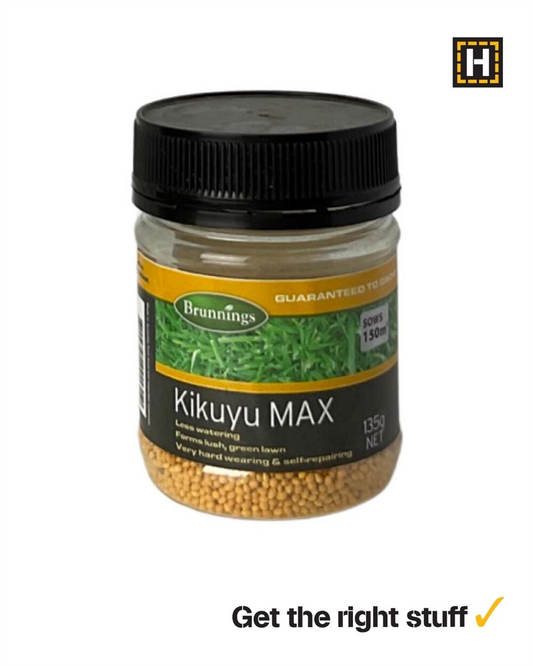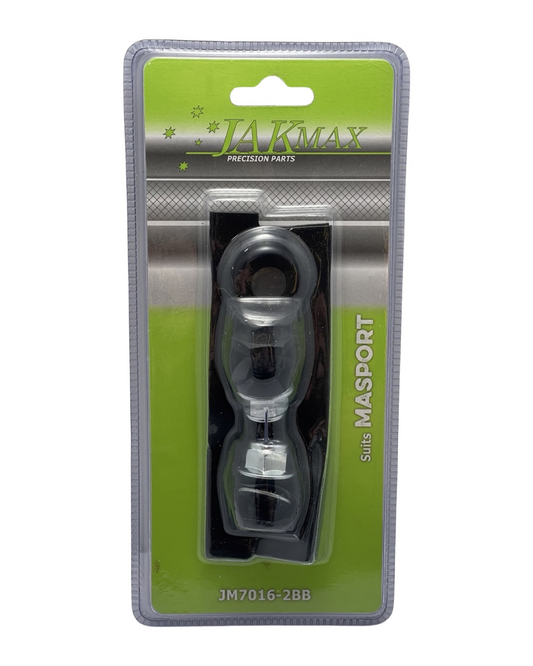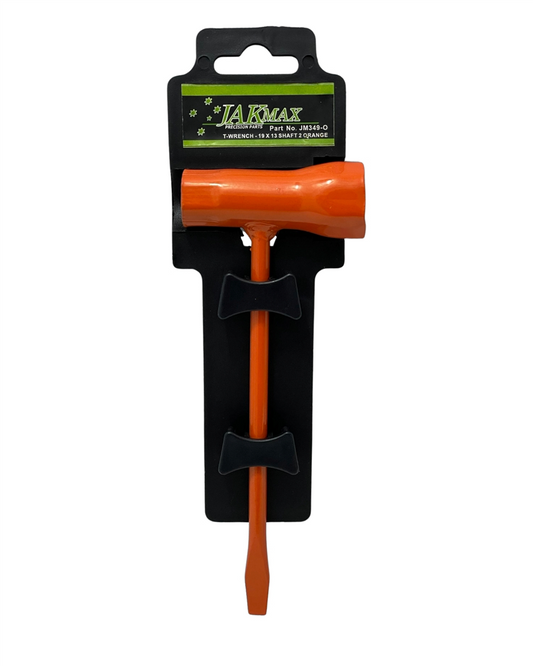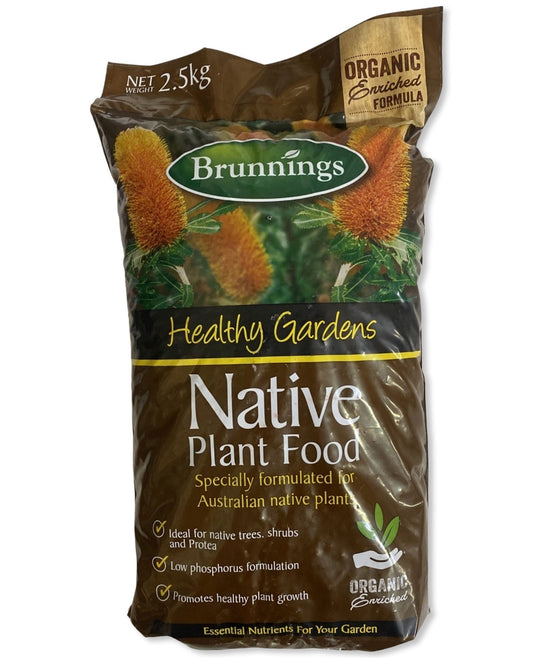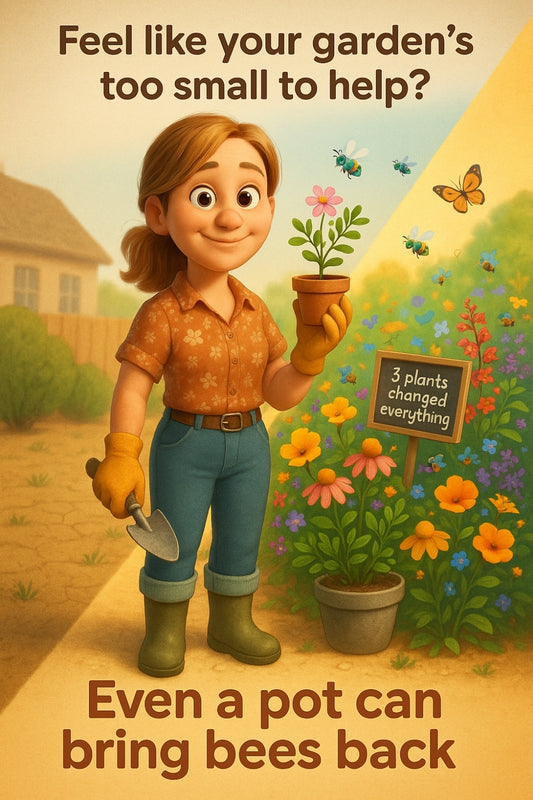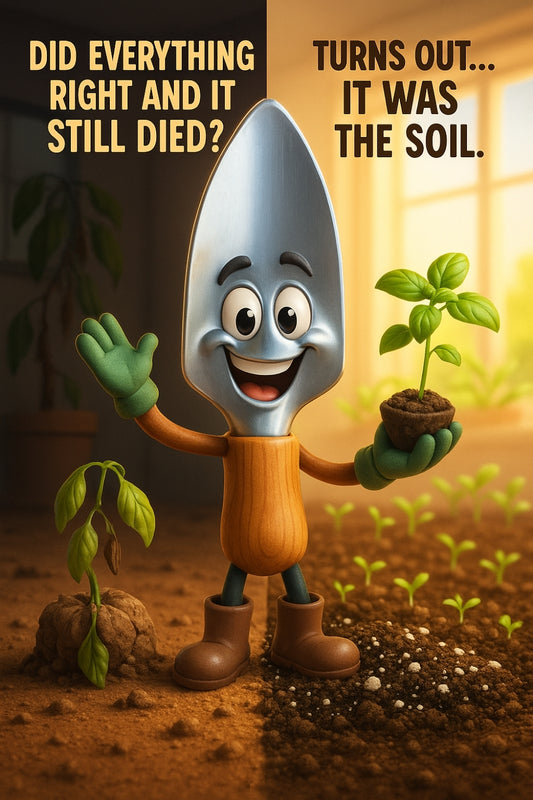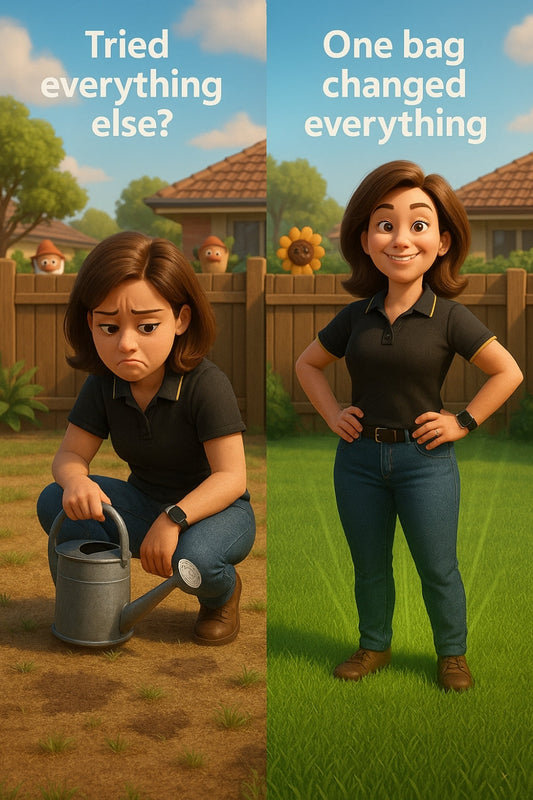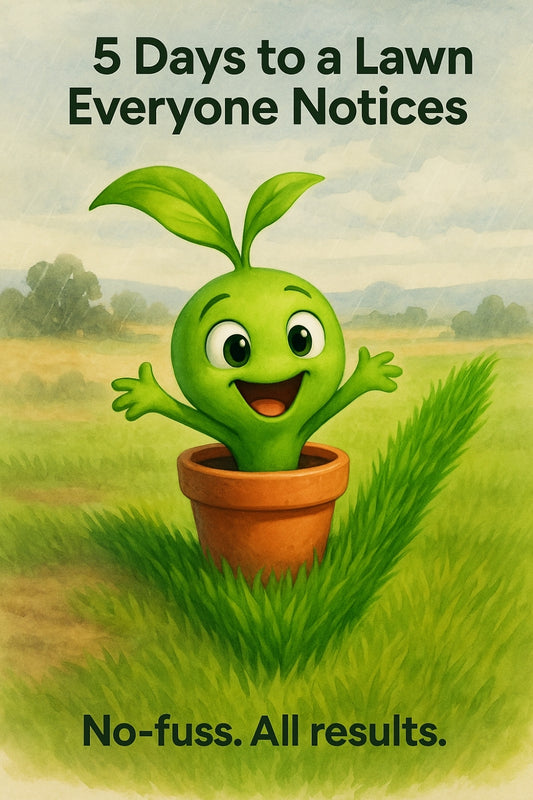Want crisp broccoli heads and fat cabbages—without babying your garden daily?
Share
Why the Broccoli at Great Dixter Didn’t Need Daily Watering
If you’ve ever lugged a watering can across your yard every evening, hoping your cabbages don’t sulk and bolt overnight — this one’s for you.
Here’s the quiet truth most new gardeners miss: You don’t need to babysit your garden every day to get lush, crisp vegetables. You just need to understand what your garden really needs — and when.
Before: Dry Soil. Droopy Leaves. Exhausted You.
One teacher-turned-gardener I chatted with (let’s call her Bell) was watering twice a day. Still, her broccoli got leggy and her cos hearts never formed properly.
Fast forward a season, and things changed. Broccoli with tight, crunchy heads. Cabbages like beach balls. And zero daily check-ins. What shifted?
- She mulched — deeply, with locally recommended pea straw.
- She planted at the right time of year, not just when the mood struck.
- And — perhaps most importantly — she stopped fussing and started trusting the soil she was building.
The Garden’s Secret Sauce: Less Control, More Preparation
There’s a reason old-school gardeners often seem so calm. It’s not because they’re magical (although they often are). It’s because they’ve learned where to put the effort so nature can do the rest.
Here’s where that shift happens.
1. The Best Time to Sow
Broccoli and cabbage are both cool-season crops — which means planting them when the weather’s still warm sets them up for struggle. Too much heat and your broccoli will bolt (go to flower early), leaving you with bitter, yellowing stalks instead of crisp florets.
In our region’s climate, late summer to early autumn is your golden window. The soil’s still warm enough to encourage growth, but the air is beginning to cool — ideal for giving these crops a strong start.
“Most brassicas don’t like hot feet. They want strong roots and cool heads.”
2. Deep Soil = Deep Success
Don’t overcomplicate this. Your brassicas — that’s broccoli, cabbage, cauli and crew — love loose, fertile soil. Think of them as diners who hate gritty lettuce and adore rich gravy. They want:
- Plenty of compost (a few shovels added to each planting spot)
- Good drainage (no pooling after rain)
- Gentle, reliable moisture (which pea straw can help keep in)
If your soil is sandy or clay-like, work in organic matter now. Not later. Not next season. Now. The roots need that buffet below to grow deep and anchor strong heads above.
3. Spacing Isn’t Just About Looks
Squashing your seedlings together might feel efficient, but it creates a fight for light, airflow, and nutrients. That means stressed plants — and stressed plants don’t produce juicy broccoli heads.
Leave enough space for each plant’s full spread. Cabbages need about 45-60cm. Broccoli too. Tuck them in too tight and they’ll express their displeasure by sulking, not heading.
4. Let Mulch Do the Heavy Lifting
If you only change one habit this season, let it be this: always mulch.
Good mulch protects young seedlings, keeps moisture locked in, regulates soil temperature, and reduces weeds — all without needing you to hover like a worried parent. In South Australian conditions, straw mulch (like pea straw or sugarcane) is affordable, easy to spread, and breaks down into the soil slowly, adding goodness as it goes.
The Quiet Revolution: From Daily To-Dos to Weekly Wonder
When beginner gardeners hear "low maintenance," they often picture a gravel yard. But a flourishing edible garden can be just that — if you let the systems do the work.
Old Way → New Way
- Old: Water shoulders slumped from dragging hoses daily.
- New: Water deeply twice a week. Rest of the time? Relax. The mulch has your back.
- Old: Guessing when to sow based on store displays.
- New: Trust the local rhythm. March is broccoli magic. April is cabbage comfort.
- Old: Online recipes of mystery and conflicting advice.
- New: A simple, strong local setup that works season after season.
“With healthy soil and good timing, a garden practically grows itself. Your job is to notice, adjust, and enjoy.”
Helpful Tools Worth Taking Home
You won’t need a shed full of gadgets. Just a few staples that make all the difference:
- Sturdy hand trowel – For digging neat little spots for seedlings
- Soil thermometer – (optional, but handy) – Check soil warmth before autumn sowing
- Water wand or rose head hose – For gentle watering that doesn’t blast your young plants
- Gloves & knee pad – Your back and hands will thank you
And of course — those seedlings. Look for compact, healthy ones with deep green leaves and no yellowing. If you’re unsure, ask someone local. It’s what we’re here for.
This Season’s Mic-Drop Insight
The more you front-load your garden with smart basics — good soil, the right timing, solid spacing, and mulch — the less you’ll spend your weekends doing damage control.
Because gardening shouldn't feel like a chore list or science experiment. It should feel like small, steady progress — with pockets of wonder and the occasional cabbage the size of a cat.
Happy planting, and here’s to crunchy broccoli without the burnout.
Cheers,
Candeece
 Stay Connected
Stay Connected
Join our gardening community on Facebook: Urban Gardener's Notebook
And follow our Store Facebook Page: Strathalbyn H Hardware on Facebook

